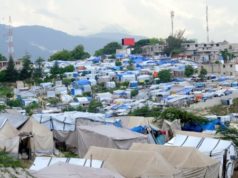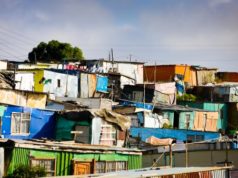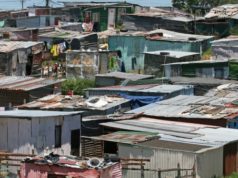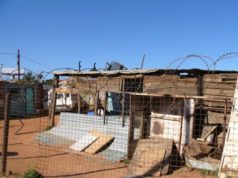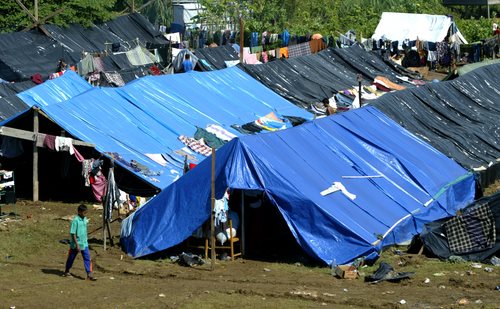
Somalia Refugees: The Plight of Displaced People
Somalia, located in the Horn of Africa, has been plagued by decades of conflict, poverty, and natural disasters. The country’s instability has resulted in a humanitarian crisis that has forced millions of Somalis to flee their homes in search of safety and a better life. In this article, we explore the plight of Somalia refugees and the impact of displacement.
The Severity of the Crisis
The conflict that has raged in the country for over three decades has caused a massive displacement of the population. According to the United Nations High Commissioner for Refugees (UNHCR), over 2.6 million Somalis are internally displaced, while approximately 970,000 are living outside the country. Most of these refugees are hosted in neighboring countries such as Kenya, Ethiopia, and Djibouti.
Living Conditions
Refugees who flee Somalia often face extreme hardship in their host countries. Overcrowded refugee camps in the region, particularly in Kenya and Ethiopia, create significant health and safety risks. The threat of disease outbreaks such as cholera and malnutrition are common in such camps due to poor sanitation areas and limited access to clean drinking water. Furthermore, the lack of access to resources and education, and the inability to work and earn a living, leads to a loss of dignity and a sense of hopelessness for many Somali refugees.
Integration Challenges
Somali refugees face various challenges when trying to integrate into the countries that host them. Host countries often impose restrictions on their ability to work, a lack of freedom of movement and the right to education, and legal protection become a hindrance to their economic and social development. Integration is hampered by language barriers and cultural differences that make it difficult for them to assimilate.
The Situation for Children
Children are the most vulnerable victims of the refugee crisis. Many children flee their homes alone, making them especially susceptible to exploitation, abuse, and trafficking. Those in refugee camps may be denied access to vital services such as education and health care. The educational opportunities of refugee children are limited, and schools in refugee camps are often understaffed, under-resourced, and unable to meet the diverse needs of the learners.
Conclusion
The Somali refugee crisis remains a significant threat, with no end in sight. The situation requires a concerted effort from the international community to support the needs of the refugees and alleviate their suffering. Displaced people require basic amenities like clean water, access to medical care, and shelter. It is equally important to address the root causes of displacement like conflict, poverty, and underdevelopment to provide long-term solutions for the Somali population. The global community should work towards providing an environment that enables access to education, protection, and essential life-saving services to the refugees. A collaborative approach amongst local governments, NGOs, and international organizations will help to provide a better life for those who have been forced to flee their homes.
Helping refugees has been atop the agenda for the United Nations for a long-time, with public demand to help refugees growing as situations abroad worsen.
In 1977, the violence resulting from the Ogiden War resulted in a large amount of ethnic Somalis fleeing eastern Ethiopia.
By 1981, there were an estimated 1.3 million Somalia refugees but this number was doubted by agencies that help refugees. Due to these disputed numbers, aid for the refugees was only distributed on the basis that there were only 650,000 refugees in Somalia. Refugee status was determined by a survey.
By 1990, the average camp designed to help refugees housed about 40,000 Somalians. There were four Somalia refugee camps in the sixteen regions of Somalia.
Throughout the 1990s, statistical data showed that the refugee camps in southern and central Somalia were home to nearly 500,000 displaced persons. A Somalia refugee was more likely to live in a family unit than other ethnic groups of refugee. Also unlike other refugees, a Somalia refugee is more likely to move several times before finally settling in a refugee camp, making it harder to collect statistical data.
Camps set up to help a Somalia refugee vary. Some were easy to deliver supplies to, while others proved too difficult due to their isolated location. To continue to help refugees of Somalia, international help was desperately needed. A large number of refugees from Somalia began to immigrate to various European countries due to the countries high tolerance for and desire to help refugees and large supply of resources.
Like many regions in Africa; Somalia is considered to be one of the world’s poorest countries, and as such, the amount of supplies available to help refugees remains limited. Food and medical supplies set-aside to help refugees are often stolen by desperate locals.


